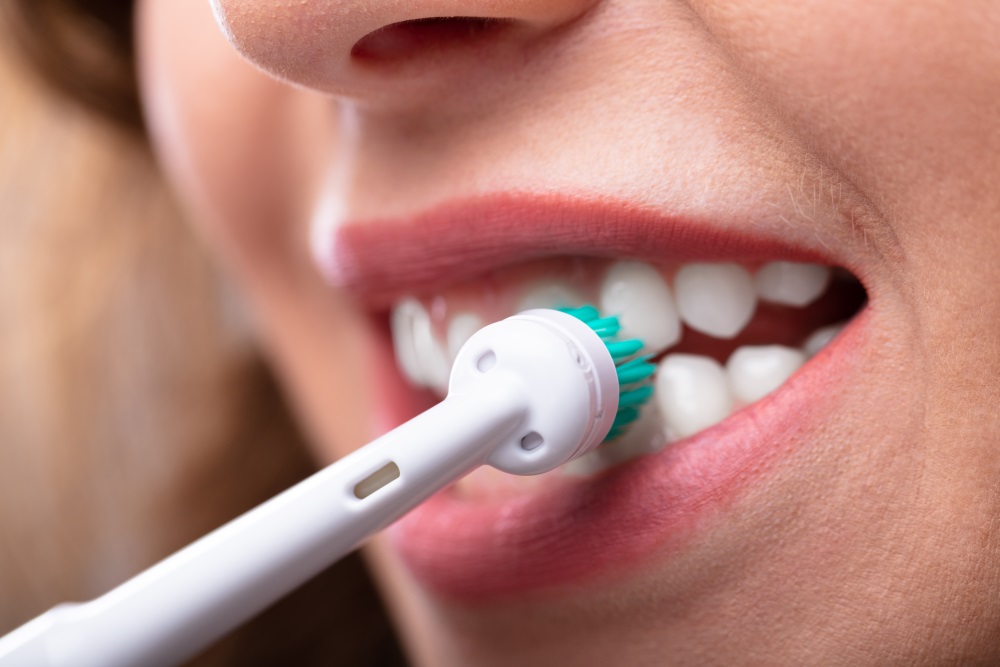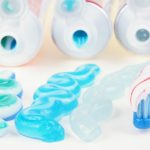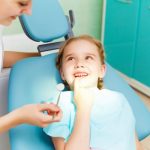Everyday Tooth Brushing Mistakes
6 common tooth–brushing mistakes, and how to correct them
If you’re reading this, hopefully you are brushing your teeth at least twice a day: once in the evening before bed, and once in the morning right after waking up. If not, start there.
There are a number of common, easily-avoidable mistakes that many people make all the time while brushing their teeth, no matter how often they put brush to dentin! To learn what these are (and how many you’re guilty of), as well as how to easily correct them, keep reading!
Using the same toothbrush for too long
The ADA (American Dental Association) recommends changing your toothbrush every 3-4 months. This is a good rule of thumb—however, if you press a little hard when brushing your teeth, changing it more often might be an even better idea.
And remember: if your toothbrush bristles are beginning to get compacted and fray, or if your toothbrush is showing signs of wear or damage, that’s a sign you need to get a new one.
Not brushing for long enough
The average time people spend brushing their teeth is about 45 seconds. Even if you do this twice a day, it’s not nearly long enough—try multiplying that by a factor of four!
You should brush your teeth for 2 minutes each time you brush. A good way to ensure this is to play one of your favorite songs while you brush and watch the bar click to 2 minutes, or to simply set a timer.
Brushing too hard
In an effort to clean as well as they can, many people brush their teeth too hard. This can have a negative impact on your gums in particular. Brushing too hard can scrape away parts of the tooth enamel, too, as well as pushing back the gums. This makes the mouth more susceptible to gum disease.
Bad brushing technique
Most people move the toothbrush at a flat angle against the teeth, back and forth. This is actually not the best for cleaning out plaque. Ideally, you should hold the brush at a 45-degree angle to the gums and brush in a circular motion—just like cleaning other surfaces, the circular motion removes more debris and performs a more thorough clean.
Here’s how you can best go about it:
- Get the outside of your top and bottom teeth. This is what most people focus on: the parts of the teeth seen when they smile. Spend 30 seconds on outside of the top and bottom teeth, for a total of one minute.
- Brush the inside of your top and bottom teeth. Major tooth staining can happen on the parts of the tooth facing inside the mouth. Spend 20-25 seconds on the top and bottom teeth, brushing the inward-facing parts of the teeth—you should be spending about 45 seconds total on this part of your routine.
- Brush the crowns of the molars. Many cavities form in the crevices in the molars. If you make sure to brush this area frequently, you can help prevent significant tooth decay. Spend about 15 seconds on the top and bottom, for 30 seconds total.
- Gently brush the gums. This helps prevent gingivitis and other periodontal (gum) disease. It also helps stop the gums from receding and exposing nerve endings at the base of the teeth. Spend about 15 seconds brushing the gums on the top and bottom of your jaw, for 30 seconds total.
Storing a toothbrush improperly
Especially when traveling, people often store their brush in a closed container. This results in bacteria build–up on the brush. That means that when they brush again, they are just putting bacteria they removed from the last brushing back into their mouths!
The proper way to store the toothbrush is to leave it upright in a place where the bristles can dry. A dry toothbrush in the open air will not be able to cultivate as many bacterium and microorganisms. Don’t forget to rinse your toothbrush before you use it again, too, to remove anything that has grown on it since last use.
Using a toothbrush that isn’t right for you
Choose a toothbrush that fits your mouth well. A toothbrush that is too large will miss the nooks and crannies in the mouth that need cleaning the most, while a toothbrush that is too small might irritate the gum lines. A particularly good choice is to choose electric toothbrushes that move in circular motions—these have been proven to remove more plaque than manual brushes. And finally, don’t pick a toothbrush whose bristles are too hard, you can irritate or even damage the teeth and gums. Try out several toothbrushes and find the right one for you.
Find out more about proper brushing
If you want to learn more about how to brush properly, feel free to ask us. Dr. Peter Ku, D.D.S., is an award-winning dentist in the Fort Worth, Texas area. Feel free to message us if you have any questions about brushing, or oral health in general!






